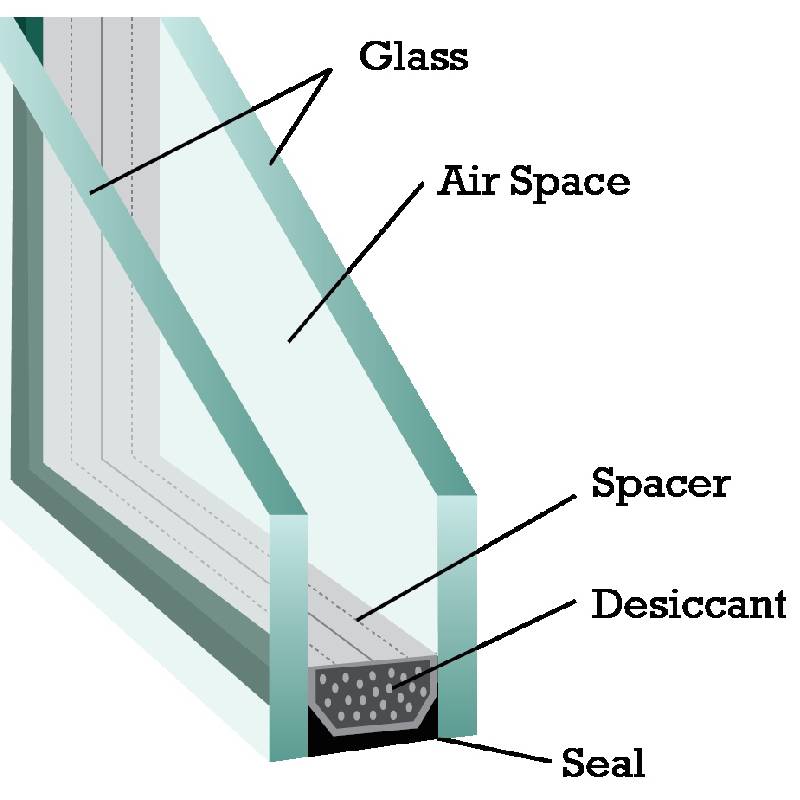

The Allure of Coloured Float Glass A Modern Architectural Marvel
Coloured float glass has increasingly captured the imagination of architects, designers, and homeowners alike, offering not only aesthetic appeal but also functionality in a variety of applications. Known for its smooth surface and uniform thickness, float glass is made by floating molten glass on top of molten tin, resulting in a flawless sheet. The addition of colors creates a captivating element that enhances any environment — from residential spaces to large commercial buildings.
The Journey of Coloured Float Glass
The process of creating coloured float glass begins with traditional float glass production. By incorporating metal oxides or other pigments into the glass mixture during production, manufacturers can achieve a wide range of colors—from vibrant hues to subtle pastels. The colours are not simply a coating; rather, they are integral to the glass itself, providing durability and longevity. This integration ensures that the vibrancy of the glass remains intact even after years of exposure to UV light and adverse weather conditions.
Aesthetic Appeal and Versatility
One of the most significant advantages of coloured float glass is its aesthetic versatility. Architects are utilizing different shades and tints to create stunning facades and interiors. Whether used for windows, partitions, or decorative features, the colour can profoundly influence the ambiance of a space. Rich blues can evoke calm and tranquility, while vibrant reds can create a dynamic and energetic atmosphere.
The ability to customize colours means that designers can align the glass with a building's overall theme or cultural context. For instance, in luxury hotels and high-end residential projects, coloured float glass can enhance elegance and sophistication, contributing to a memorable visual impression that resonates with guests and residents alike.
Functional Benefits
Beyond aesthetics, coloured float glass provides several practical advantages. Its intrinsic thermal properties can contribute to energy efficiency, helping to regulate indoor temperatures and reduce reliance on heating and cooling systems. The use of tinted glass can minimize glare and improve visibility, making it an excellent choice for large windows in sunny locations.

Moreover, coloured float glass comes in various thicknesses, impacting its strength and insulation properties. Thicker glass can provide enhanced security and sound insulation, making it suitable for urban environments where noise pollution is a concern.
Sustainability Considerations
Sustainability is becoming increasingly important in modern construction. Coloured float glass can be a part of eco-conscious building practices. Many manufacturers are adopting green production methods, using recycled materials in glass creation. Coloured float glass can also contribute to building certifications, such as LEED (Leadership in Energy and Environmental Design), highlighting the commitment to environmentally friendly construction.
Furthermore, the longevity and low maintenance of coloured float glass mean that it does not need frequent replacements, reducing the material consumption over a building's lifecycle.
Future Trends
As technology advances, we can anticipate innovative developments in coloured float glass. Techniques like digital printing and advanced coating technologies may enhance the possibilities for customization, making it easier for architects to experiment with intricate designs and patterns. Smart glass technologies may also be integrated into coloured float glass, allowing for added functionalities such as adjusting opacity or insulation levels based on environmental conditions.
Conclusion
In summary, coloured float glass is more than just a decorative element; it represents a blend of art and science in contemporary architecture. Its ability to offer striking aesthetics, enhanced functionality, and sustainable choices makes it a preferred material in modern construction. As architects and designers continue to explore the potential of coloured float glass, we can expect it to play an increasingly vital role in shaping our built environment, influencing both the appearance of our spaces and the quality of life within them. Whether in a corporate tower, boutique hotel, or a family home, the charm of coloured float glass is undeniable, making it a timeless choice for discerning designers and homeowners alike.